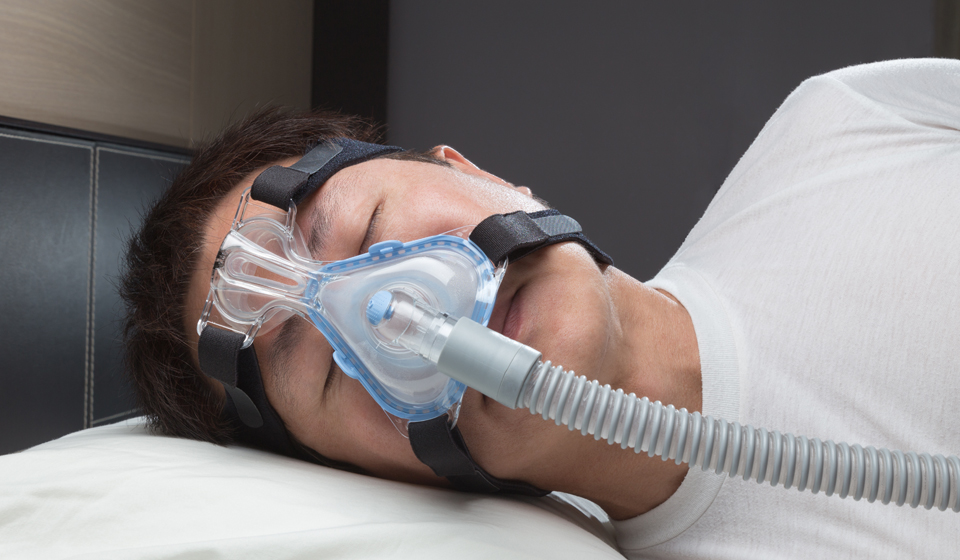Imagine waking up feeling more tired than when you went to bed, struggling with headaches, and constantly battling daytime drowsiness. Sleep apnea is a serious yet overlooked sleep disorder that affects millions of people worldwide. If left untreated, sleep apnea in Houston can increase the risk of heart disease, stroke, and other chronic conditions. Understanding its symptoms, causes, and treatment options is essential to improving your overall well-being. In this guide, we’ll explore everything you need to know about sleep apnea and why addressing it should be a priority.
What is sleep apnea?
Sleep apnea is a sleep disorder characterized by repeated interruptions in breathing throughout the night. These pauses can last for seconds or even minutes, leading to a drop in blood oxygen levels and fragmented sleep. It’s more than just snoring; it’s a condition that can have significant health implications. Why is it a growing health concern? Because it’s often undiagnosed, its effects can ripple through your entire well-being. There are three main types of sleep apnea:
- Obstructive Sleep Apnea (OSA)—The most common form, caused by a physical blockage in the airway.
- Central Sleep Apnea (CSA)—Occurs when the brain fails to send proper signals to control breathing.
- Complex Sleep Apnea Syndrome—A combination of OSA and CSA.
Why is it a Growing Health Concern?
Sleep apnea affects not just sleep quality but also overall health. It has been linked to high blood pressure, diabetes, and even cognitive decline. Many people are unaware they have sleep apnea. However, untreated sleep apnea can significantly impact daily life, causing reduced productivity, mood swings, and increased accident risks due to daytime drowsiness.
Sleep Apnea Symptoms You Should Be Aware Of
Recognizing the symptoms of sleep apnea in Houston is the first step toward seeking proper treatment. If you experience any of the following signs, it’s time to consult a specialist:
- Loud, Persistent Snoring—Especially if it is accompanied by gasping or choking sounds.
- Pauses in Breathing During Sleep—Often noticed by a partner or family member.
- Difficulty Concentrating—Struggling with memory, focus, and decision-making.
- Irritability and Mood Changes—Increased risk of anxiety and depression.
If you relate to these symptoms, it’s crucial to take action before they escalate into serious health complications.
Causes of Sleep Apnea
Several factors contribute to the development of sleep apnea. Understanding these causes can help in finding the right treatment plan:
- Excess Weight—Obesity is a significant risk factor as excess fat around the neck can block the airway.
- Anatomy of the Airway—A naturally narrow throat, large tonsils, or an oversized tongue can obstruct breathing.
- Aging—Muscle tone weakens with age, making airway collapse more likely.
- Smoking and Alcohol Use—Smoking increases inflammation in the airways, while alcohol relaxes throat muscles.
- Family History—Genetics play a role in developing sleep apnea.
Treatment Options for Sleep Apnea
Sleep apnea can be managed with the right approach. Treatment varies based on severity, lifestyle, and individual health conditions.
Lifestyle Changes & Home Remedies
Many cases of mild sleep apnea can be improved by making small yet effective lifestyle adjustments:
- Weight Loss & Exercise—Reducing body weight helps decrease airway obstruction and improve breathing.
- Sleeping Position Adjustments—Sleeping on your side instead of your back can prevent airway collapse.
- Avoiding Alcohol & Sedatives—These substances relax the throat muscles, worsening sleep apnea symptoms.
- Maintaining Good Sleep Hygiene—A regular sleep schedule can promote better rest and recovery.
Medical Treatments
For moderate to severe cases, medical interventions may be necessary to manage the condition effectively.
CPAP Therapy (Continuous Positive Airway Pressure)
- A CPAP machine delivers a steady stream of air through a mask to keep the airway open.
- Considered the most effective treatment for obstructive sleep apnea.
- Helps reduce snoring, improve sleep quality, and lower health risks.
Oral Appliances & Dental Devices
- Custom-fitted dental appliances can help keep the airway open by repositioning the jaw.
- A comfortable alternative for those who struggle with CPAP machines.
Final Thoughts
Addressing sleep apnea not only improves sleep quality but also enhances overall health and well-being. Whether through lifestyle changes or medical treatments, there are effective solutions available for those suffering from sleep apnea in Houston. If you suspect you have sleep apnea, don’t wait to seek help. A proper diagnosis and treatment plan can significantly improve your quality of life. At Unident Family Dentistry in Houston, we understand the importance of sleep health and offer expert guidance on managing sleep apnea through advanced dental solutions.











